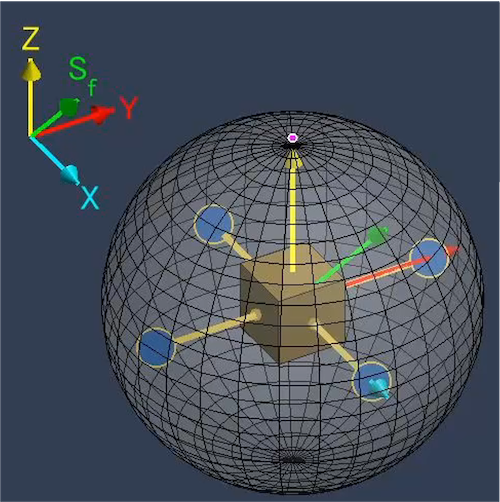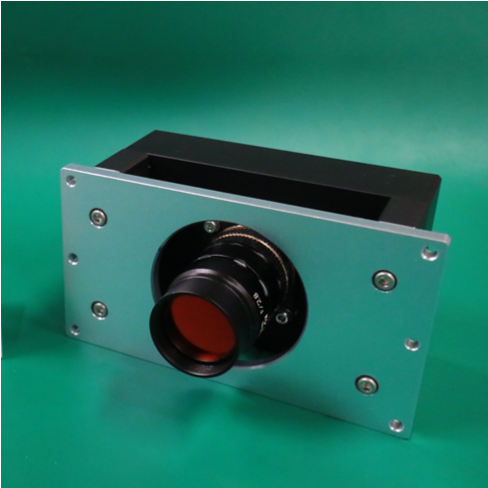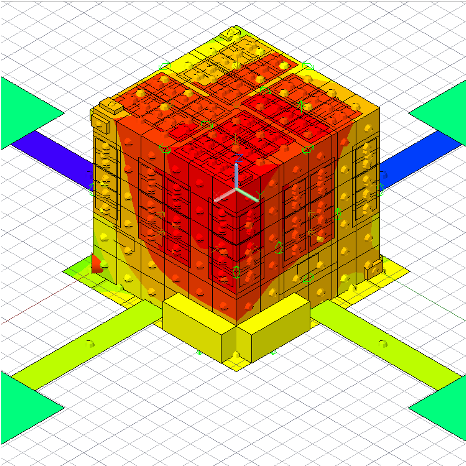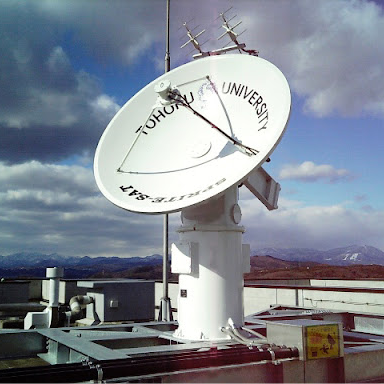HIBARI
Variable Shape Attitude Control Demonstration Satellite
ABOUT
What's HIBARI?
at Department of Engineering, Tokyo Institute of Technology andat Department of Physics have developed a 50 kg class micro-satellite "HIBARI". The purpose of this satellite is to demonstrate the on-orbit technology of "VSAC" (Variable Shape Attitude Control), which is an attitude control and orbit control system using variable shapes of satellite. The experiment will be conducted to change the attitude by recoiling when the four movable solar array paddles are moved. By expanding and contracting the paddles, we will be able to adjust the atmospheric drag, which we believe can be applied not only to attitude control but also to orbit control.
HIBARI has been selected as a demonstration theme for the Japan Aerospace Exploration Agency's (JAXA) Innovative Satellite Technology Demonstration-2, and is scheduled to be launched by the Epsilon Launch Vehicle No. 5 from the Uchinoura Space Center in October 2021 or later. The planned injection orbit is a sun-synchronous orbit with an altitude of 547 km at perigee, 565 km at apogee, and 9:30 a.m. local sun time at the accretion point. In addition to small cameras to check the operation of the paddles, a visible light telescope for precise attitude guidance, and an ultraviolet camera jointly developed with are onboard as observation equipment. The mission is planned to capture ultraviolet radiation from auroras over the North and South Poles, and to observe the interaction between the Earth's magnetosphere and charged particles.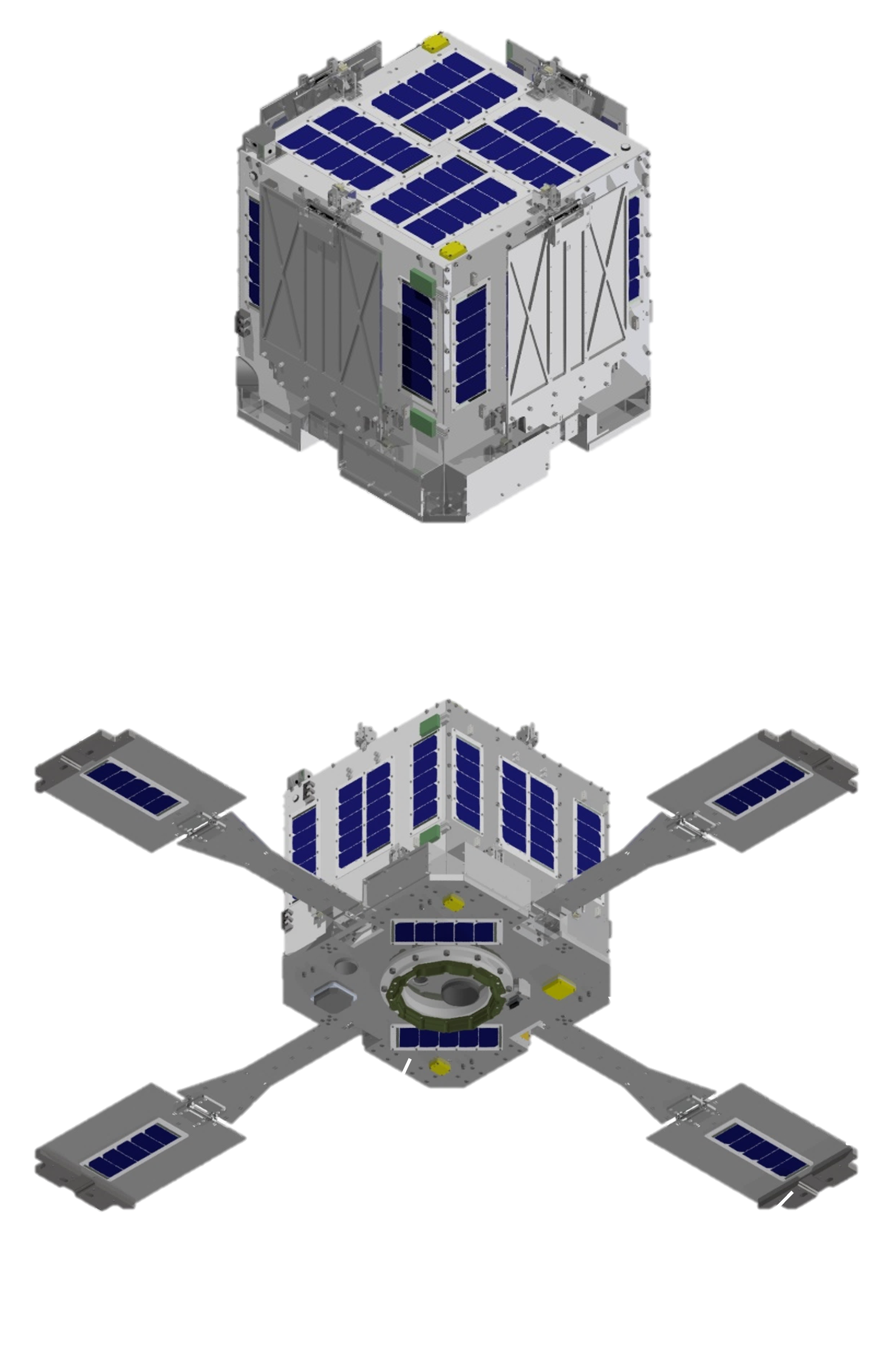
HIBARI has been selected as a demonstration theme for the Japan Aerospace Exploration Agency's (JAXA) Innovative Satellite Technology Demonstration-2, and is scheduled to be launched by the Epsilon Launch Vehicle No. 5 from the Uchinoura Space Center in October 2021 or later. The planned injection orbit is a sun-synchronous orbit with an altitude of 547 km at perigee, 565 km at apogee, and 9:30 a.m. local sun time at the accretion point. In addition to small cameras to check the operation of the paddles, a visible light telescope for precise attitude guidance, and an ultraviolet camera jointly developed with are onboard as observation equipment. The mission is planned to capture ultraviolet radiation from auroras over the North and South Poles, and to observe the interaction between the Earth's magnetosphere and charged particles.

HIBARI's Specifications
| Size | 570mm × 570mm × 550mm |
| Mass | 50kg |
| Communication | S-band Tx / Rx × 2 Globalstar Tx × 1 |
| Battery | Max 40.1W / Li-ion Battery 161Wh |
| Orbit | 550 km Sun-synchronous orbit |
Mission
The challenge for variable shape systems
VSAC(Variable Shape Attitude Control)
Variable Shape Attitude Control is a technology to control attitude by changing a part of the shape of the satellite structure such as a solar array paddle, and the attitude is changed by the reaction. If this technology is demonstrated and established as a space system, it will be possible to control the attitude of a satellite efficiently, for example, when a satellite sensor needs to be pointed in a certain direction quickly. The fact that an object can move by changing its shape is very versatile. If deformable attitude control becomes possible, it will become commonplace to add new functions or improve the performance of not only satellites but also all future spacecrafts and other moving objects by using variable shape functions.
()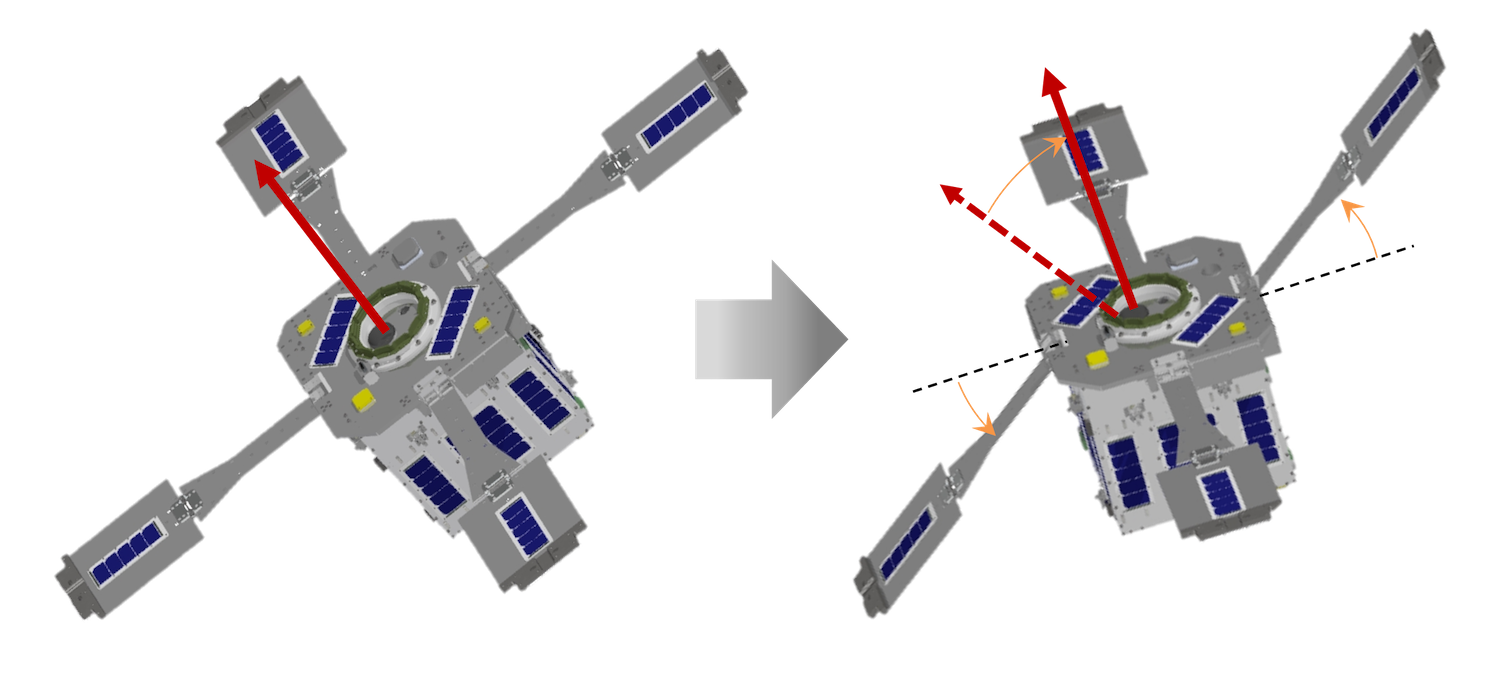
()

UVCAM
Ultraviolet camera for micro-satellite
The satellite will be equipped with the ultraviolet camera "UVCAM", which was developed by Kawai-Yatsu and ABRIC Inc. The UVCAM will observe the ultraviolet emissions of auroras appearing over the North and South Poles from the satellite's orbit in the near-ultraviolet band of 300-340 nanometers to make in-situ observations of the interaction between the Earth's magnetosphere and charged particles, and to evaluate the background light intensity as a pathfinder for the next ultraviolet astronomy satellite "Umitubame".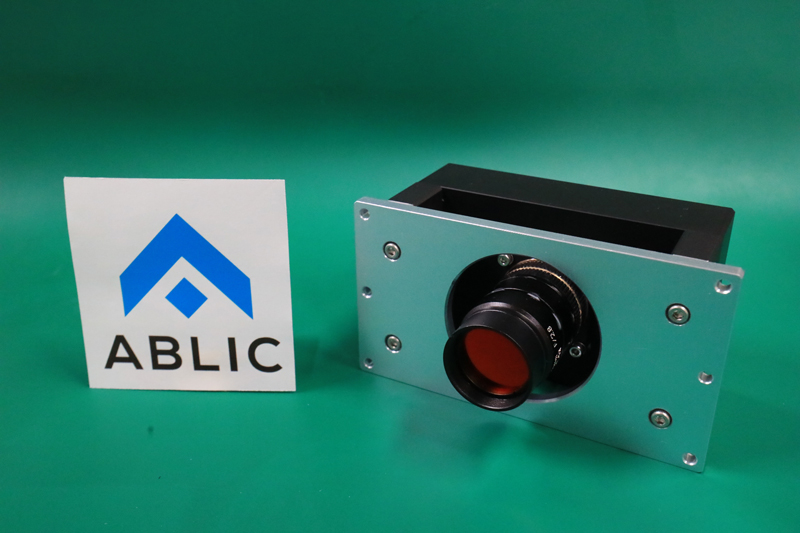

Development of General Bus Systems
For the next satellites
Many of the bus devices mounted on Hibari are selected in compliance with CubeSat standards, and we have developed a bus system with high versatility. In this way, we are aiming to acquire general-purpose bus technology that can be applied to CubeSat. The bus technology acquired in Hibari development will be applied to the micro-satellite "Umitubame", which is a land and sea observation project equipped with a multi-spectral camera to be selecteded in the Innovative Satellite Technology Demonstration-3.

©︎東京工業大学理学院物理学系 谷津研究室
Development
The Road to Development of HIBARI
Matsunaga Laboratory is always challenging to develop new satellites, including CUTE-1, the world's first CubeSat. The beginning of Hibari was the 24th Satellite Design Contest held in 2016. The original plan of Hibari, which won the Design Grand Prize there, was adopted for JAXA's Innovative Satellite Technology Demonstration-2 in 2018. Hibari is being developed by more than a dozen students, and is scheduled for launch in 2021.
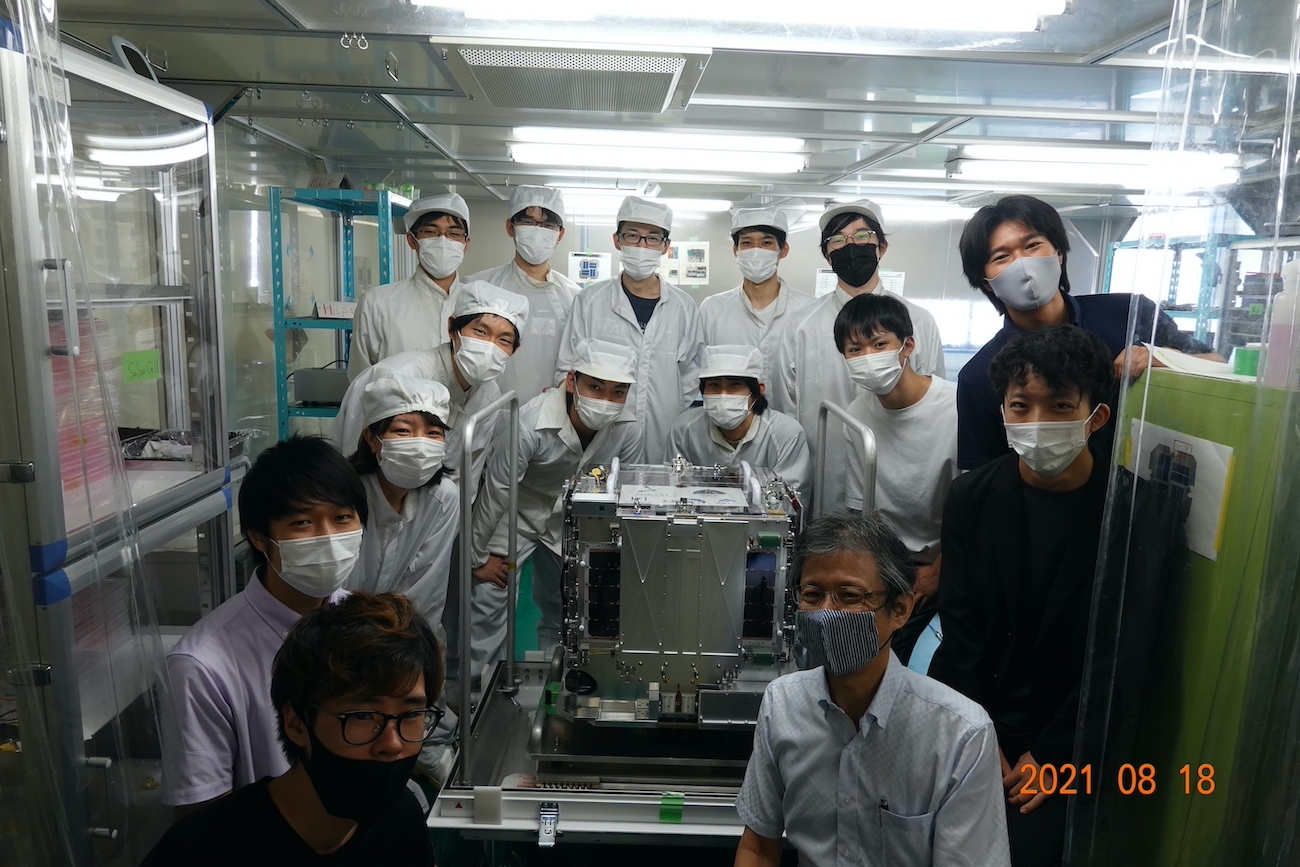

NEWS
9/Nov/2021
Successfully communicated with HIBARI! Both downlink and uplink functioned properly.
9/Nov/2021
Launch time and window of RAISE-2(RApid Innovative payload demonstration SatellitE-2) by Epsilon Launch Vehicle No. 5 were released.
6/Nov/2021
Launch time and window of RAISE-2(RApid Innovative payload demonstration SatellitE-2) by Epsilon Launch Vehicle No. 5 were released.
28/Oct/2021
Launch time and window of RAISE-2(RApid Innovative payload demonstration SatellitE-2) by Epsilon Launch Vehicle No. 5 were released.
7/Oct/2021
The launch of the Epsilon Launch Vehicle No. 5 was postponed because the wind above the launching pad did not meet the constraints for the launch.
1/Oct/2021
The launch of the Epsilon Launch Vehicle No. 5 was postponed due to an emergency shutdown about 19 seconds before liftoff due to a malfunction of ground equipment.
29/Sep/2021
An article "UV camera for aurora observation produced by industry-academia collaboration to be launched" is available on the Tokyo Tech web page.
29/Sep/2021
An article "Variable Shape Attitude Control Demonstration Satellite "Hibari" developed" is available on the Tokyo Tech web page.
29/Sep/2021
Launch time and window of RAISE-2(RApid Innovative payload demonstration SatellitE-2) by Epsilon Launch Vehicle No. 5 were released.
27/Apr/2021
Interview on Nano-Satellite "Hibari", which was selected for the Innovative Satellite Technology Demonstration-2 is now available.
LINK
